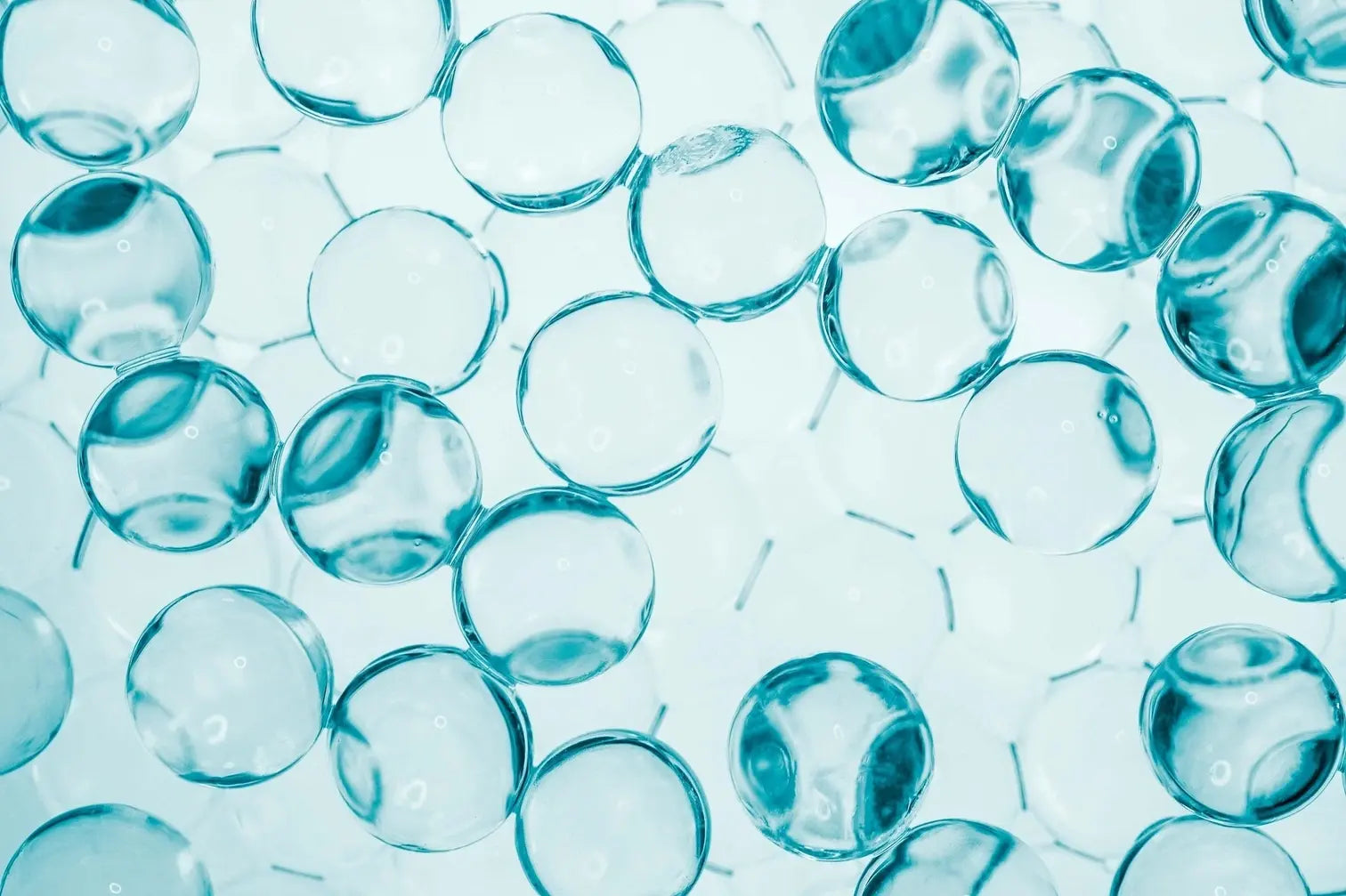What are Ceramides?
What are Ceramides?
Are there Different Types of Ceramides?
- Phytosphingosine
- Sphingosine
- Ceramide 1, also called ceramide EOS
- Ceramide 6-II, also called ceramide AP
- Ceramide 9, also called ceramide EOP
- Ceramide 2, also called ceramide NS or NG
- Ceramide 3, also called ceramide NP
Are there Different Types of Ceramides?
- Phytosphingosine
- Sphingosine
- Ceramide 1, also called ceramide EOS
- Ceramide 6-II, also called ceramide AP
- Ceramide 9, also called ceramide EOP
- Ceramide 2, also called ceramide NS or NG
- Ceramide 3, also called ceramide NP
Does Age Affect Ceramide Skin Levels?
Does Age Affect Ceramide Skin Levels?
What are the Benefits of Ceramides for the Skin?
What are the Benefits of Ceramides for the Skin?
Ceramides Strengthen Your Skin Barrier
Ceramides Strengthen Your Skin Barrier
Ceramides Keep Skin Hydrated
Ceramides Keep Skin Hydrated
Ceramides Smooth Your Skin
Ceramides Smooth Your Skin
Ceramides Encourage Healthy Aging
Ceramides Encourage Healthy Aging
Are ceramides consumed orally or applied topically?
Are ceramides consumed orally or applied topically?
Ceramides in OneSkin Products
Ceramides in OneSkin Products
- Ceramides, composing almost 50% of lipids in the skin's top layer, are fatty molecules that keep skin cells aligned and fixed together.
- The skin barrier requires sufficient ceramide levels to remain healthy and functional and prevent moisture loss. Unfortunately, ceramide levels naturally decline with age.
- Supplementing ceramide levels by routine topical application can:
- Smoothen skin texture.
- Reduce dry skin and skin damage.
- Prevent moisture loss.
- Boost elasticity.
- Along with the OS-01 peptide, ceramides are a key ingredient in OneSkin's OS-01 BODY, which reinforce the skin’s natural lipid barrier and improve skin’s appearance.
- Ceramides, composing almost 50% of lipids in the skin's top layer, are fatty molecules that keep skin cells aligned and fixed together.
- The skin barrier requires sufficient ceramide levels to remain healthy and functional and prevent moisture loss. Unfortunately, ceramide levels naturally decline with age.
- Supplementing ceramide levels by routine topical application can:
- Smoothen skin texture.
- Reduce dry skin and skin damage.
- Prevent moisture loss.
- Boost elasticity.
- Along with the OS-01 peptide, ceramides are a key ingredient in OneSkin's OS-01 BODY, which reinforce the skin’s natural lipid barrier and improve skin’s appearance.
- https://lipidworld.biomedcentral.com/articles/10.1186/s12944-016-0178-7
- https://onlinelibrary.wiley.com/doi/10.1111/ics.12399
- https://lipidworld.biomedcentral.com/articles/10.1186/s12944-016-0178-7
- https://pubmed.ncbi.nlm.nih.gov/16060709/
- https://link.springer.com/article/10.1007/s13555-020-00426-3
- https://pubmed.ncbi.nlm.nih.gov/18717861/
- https://pubmed.ncbi.nlm.nih.gov/30410378/
- https://www.ncbi.nlm.nih.gov/pmc/articles/PMC7138575/
- Based on data from clinical studies and/or lab studies conducted on human skin samples, 3D skin models, and skin cells in the OneSkin lab. Explore more at oneskin.co/claims
- https://lipidworld.biomedcentral.com/articles/10.1186/s12944-016-0178-7
- https://onlinelibrary.wiley.com/doi/10.1111/ics.12399
- https://lipidworld.biomedcentral.com/articles/10.1186/s12944-016-0178-7
- https://pubmed.ncbi.nlm.nih.gov/16060709/
- https://link.springer.com/article/10.1007/s13555-020-00426-3
- https://pubmed.ncbi.nlm.nih.gov/18717861/
- https://pubmed.ncbi.nlm.nih.gov/30410378/
- https://www.ncbi.nlm.nih.gov/pmc/articles/PMC7138575/
- Based on data from clinical studies and/or lab studies conducted on human skin samples, 3D skin models, and skin cells in the OneSkin lab. Explore more at oneskin.co/claims



